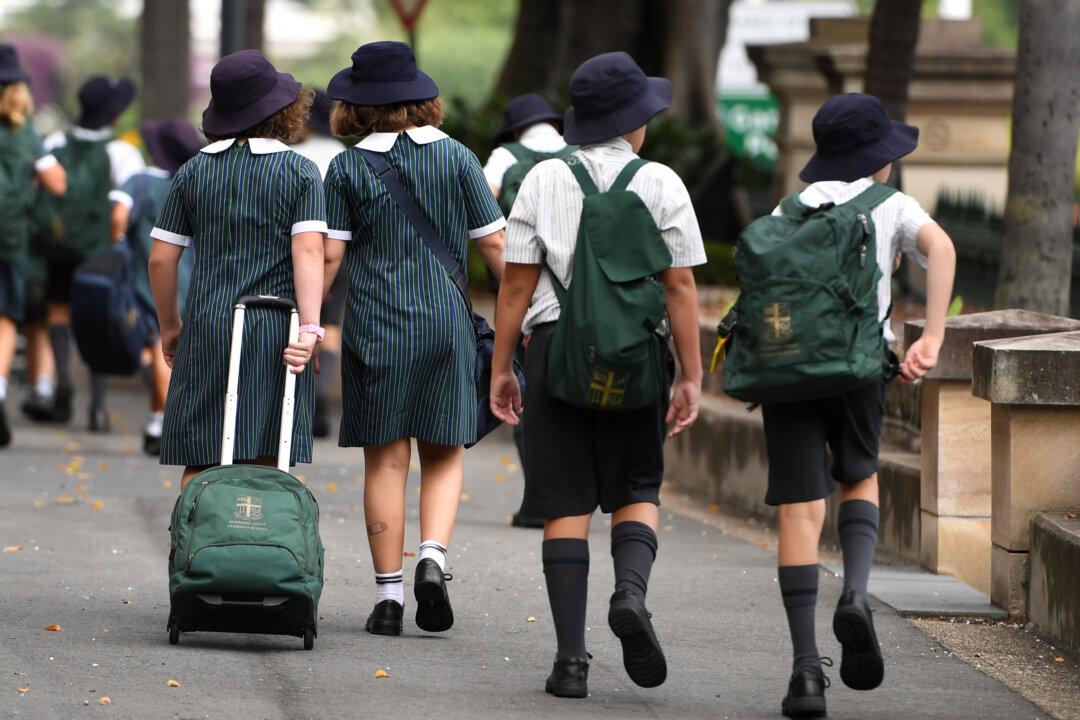One-third of the 1.3 million Australian students who sat the NAPLAN exam failed to meet its new benchmarks in literacy and numeracy.
The Australian Curriculum, Assessment, and Reporting Authority (ACARA) revealed on Aug. 23 that around 10 percent of students across the country need additional support in literacy and numeracy.





